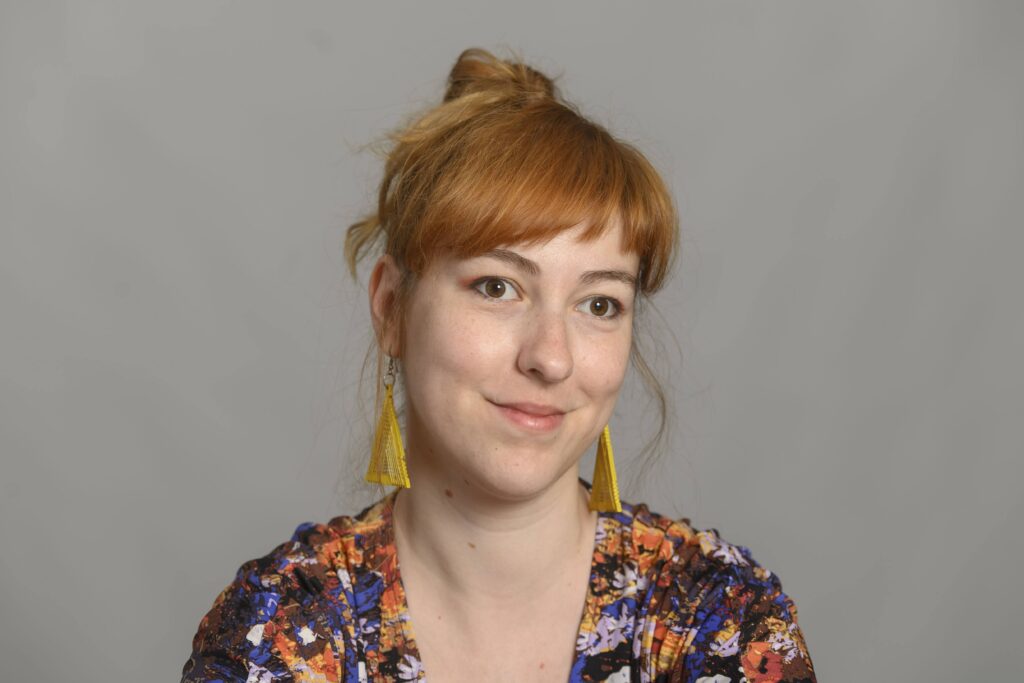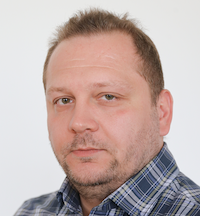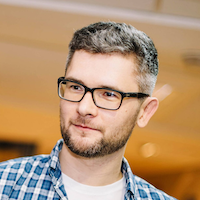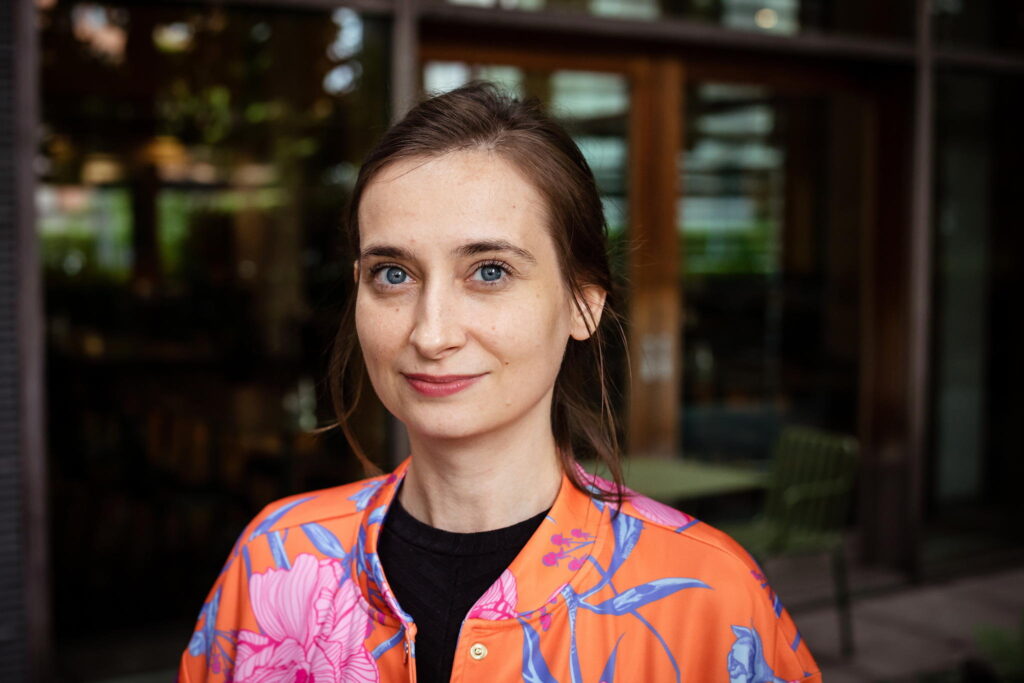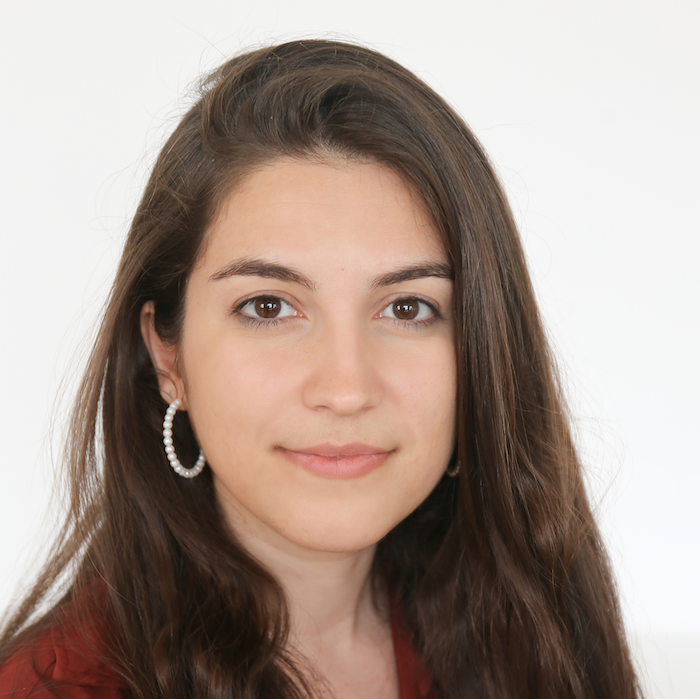Hi from Budapest,
“Wouldn’t that be too obvious?” – was the first reaction among my colleagues when I suggested that our issue after the summer break should be about the new school year. But as the meeting progressed, we realised that no matter where we came from, school was all we talked about.
Our colleague from Kyiv, Anton, told us how Ukrainian children are trying to find normality in the midst of war. On the other side of the continent, Alicia surprised us with Spain’s lack of confidence in its education system. Just then, my editor sent me a message that it was time to finish my story about the growing shortage of teachers in Hungarian schools, which is also happening in Poland.
At that point, I began to wonder how much children’s lives have changed in recent years. From Covid to a brutal war in Europe, a whole generation’s experience of school is so different from what their elders were used to.
So, yes, sometimes we need to talk about the obvious. From Ukraine to Spain, we all have to ask ourselves: have we learned from the challenges, and are we finally ready to change education for the better?
We hope this newsletter will teach you something new.
Viktória Serdült, this week’s Editor-in-Chief
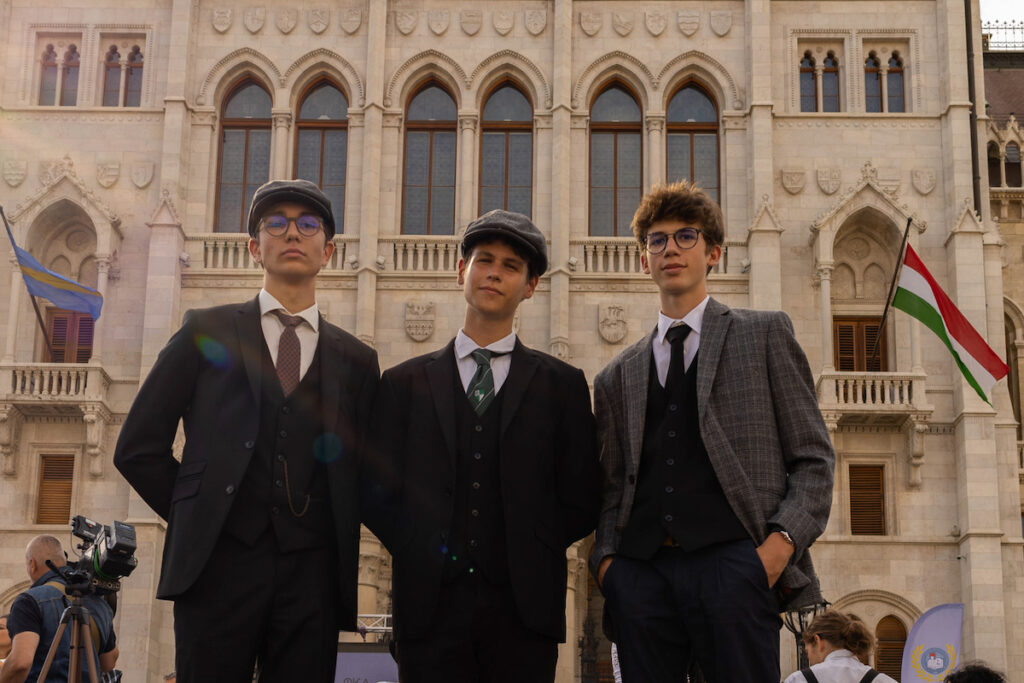
“In the last week of every month, my family makes a survival plan. If I manage to sell a few pictures, I am out of trouble. If not, I can go grape-picking,” says László, a teacher and part-time cartoonist from the Hungarian town of Dabas.
With only three-and-a-half years until retirement, he expects a monthly pension of 160,000 forints (416 euros). “My colleagues and I are worth more than what this government is offering,” he adds.
Éva, a special needs teacher from Budapest, tells a similar story. “I ran out of energy. At a certain point, I couldn’t keep it together and I started crying in front of the whole staff.”
László and Éva are no longer teachers. They are two among hundreds who have quit their jobs in recent months, due to persistently low salaries and the introduction of the so-called ‘status law’, which restricts the rights of teachers.
Without doubt, Hungarian teachers are off to a grim start this school year. Despite almost a year of protests and strikes, and countless promises from the government, their situation has not changed. Some have been sacked for their actions, and salaries remain among the lowest in the European Union. Meanwhile the government is blaming the EU for freezing the funds needed for a pay rise.
Moreover, the new status law limits their right to protest, raises their maximum number of daily working hours from eight to 12, and obliges them to be transferred to schools with a shortage of teachers.
This may happen soon, as schools are listing vacancies for teachers specialised in “maths and everything else”. According to the Ministry of the Interior, which is responsible for education, the country only has a shortage of 460 teachers, but this figure will rise as many have pledged to resign soon.
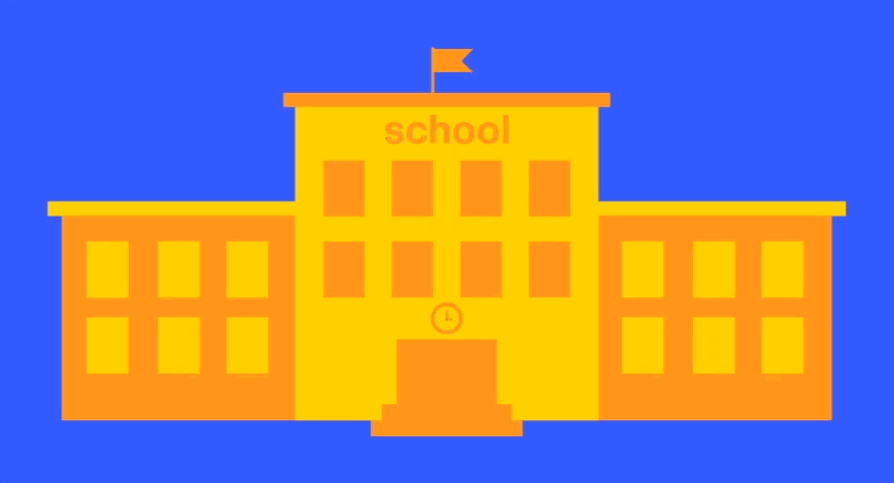
That’s how many times Macedonian schools were evacuated during the last year. Why? The police had to intervene following almost a thousand fake bomb threats.
The frightening phenomenon began last autumn, when the country, like several others in the Balkans, started receiving dozens of bomb threats daily.
This mostly affected countries who are helping Ukraine’s defence against Russia. Experts have pointed the finger at a possible Russian hybrid attack designed to stretch security resources and cause disturbance for a country of only two million people.
As the children go back to school, the fear returns that the threats may resume.
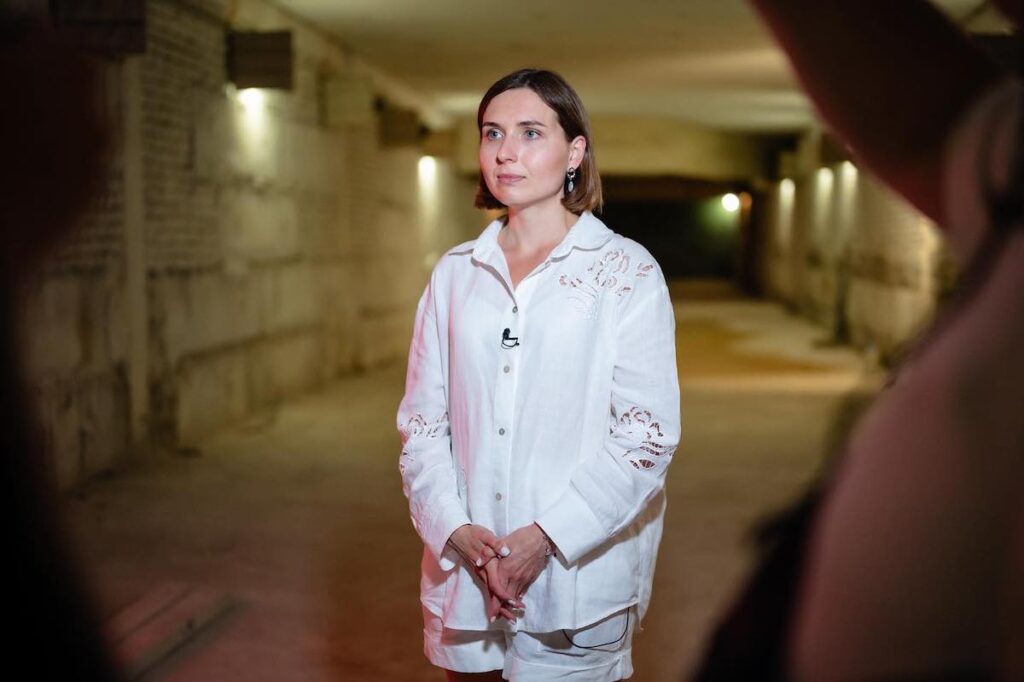
Anna Novosad used to be Ukraine’s minister of education. Now she runs the NGO SavED, which brings schooling back to war-torn communities in Ukraine.
Last September, Ukrainians didn’t know how to teach children during a full-scale war. Now we have educated ourselves. What are the challenges that Ukrainian teachers and school children are facing?
First of all, it’s access to education. In many regions close to the frontline, kids will start learning online, because it is still too dangerous to gather together. Secondly, the Russian occupiers often fire at schools. About 1,500 school buildings have already been destroyed ― and the number is growing.
For example, we work in many settlements in the Mykolayiv region, where 80% of schools were destroyed. But people are returning, and kids are back ― without places to learn. So we set up temporary schools in culture centres, medical units, basements or shelters.
There used to be a lot of hope for online learning tools. Are they ineffective?
Education isn’t just about knowledge ― it’s also about socialising. You can’t teach interaction, teamwork and empathy via Zoom. Especially with young children. And often what they want most is to get offline, not to receive a new laptop or tablet.
It’s also clear now that online learning doesn’t provide the same quality of knowledge. PISA test results are not in yet, but from what I know so far, they are disastrous.
You probably have some kind of medium-term action plan. How do you see the situation in a year or two?
This depends very much on the region, but temporary schools seem to be a widespread solution. Rebuilding school buildings that have been destroyed will take many years.
Recently, we’ve turned a village cultural centre into a school near Kyiv. It feels like this will be the only proper educational facility there for at least five years. The school building will be rebuilt with the help of the European Investment Bank, and, as I am told, the bureaucracy process there is painfully slow.
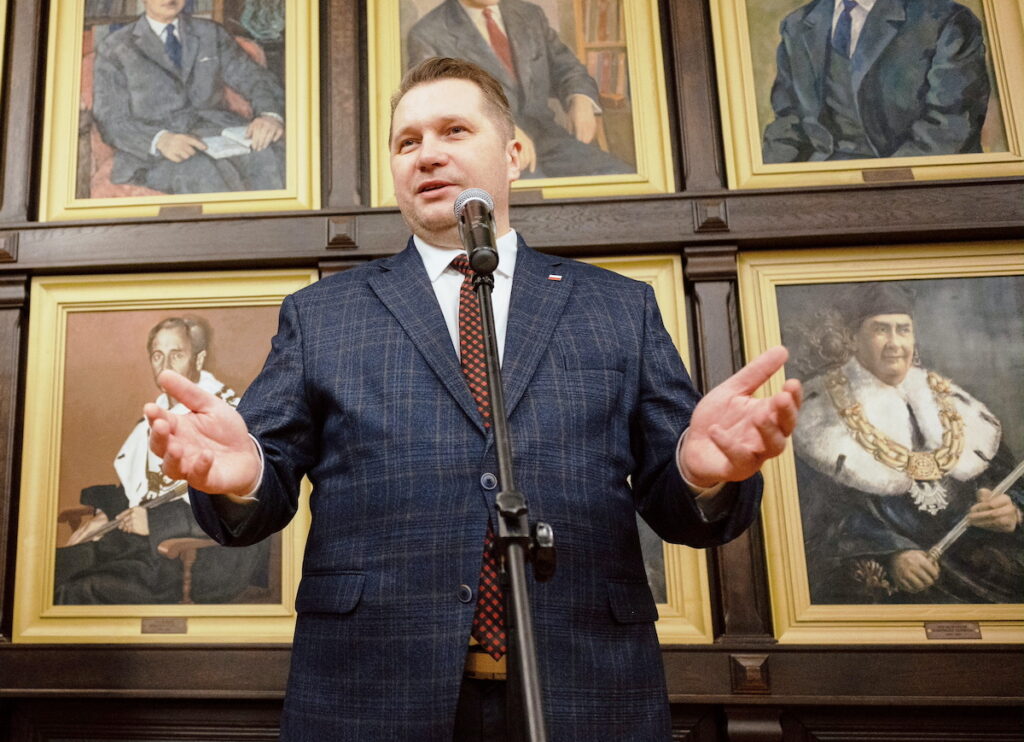
“You say things have become so bad in schools. But nothing has collapsed!”
– Minister for Education and Science Przemyslaw Czarnek at a press conference ahead of the new school year.
If you ask the Polish minister for education, there is no such thing as a shortage of teachers.
Headteachers tell a different story: they cannot find maths, physics, chemistry, English, Polish or preschool teachers. In order for lessons to start, they have been pleading with retired teachers to stay at least for a semester, and offered overtime to others.
But Polish teachers are already overloaded. They are in charge of too many classes, often with 30 pupils, so it is difficult for them even to remember students’ names.
Parents and pupils react by running away. A recent survey, “Barometer of Non-Public Education”, shows that waiting lists for private schools are getting longer. This year, an average of more than four candidates for just one place applied for private schools in the largest Polish cities.
As a result, the privatisation of education in Poland is progressing. That would mean a growing inequality in access to education: those who can afford it, win from the start.
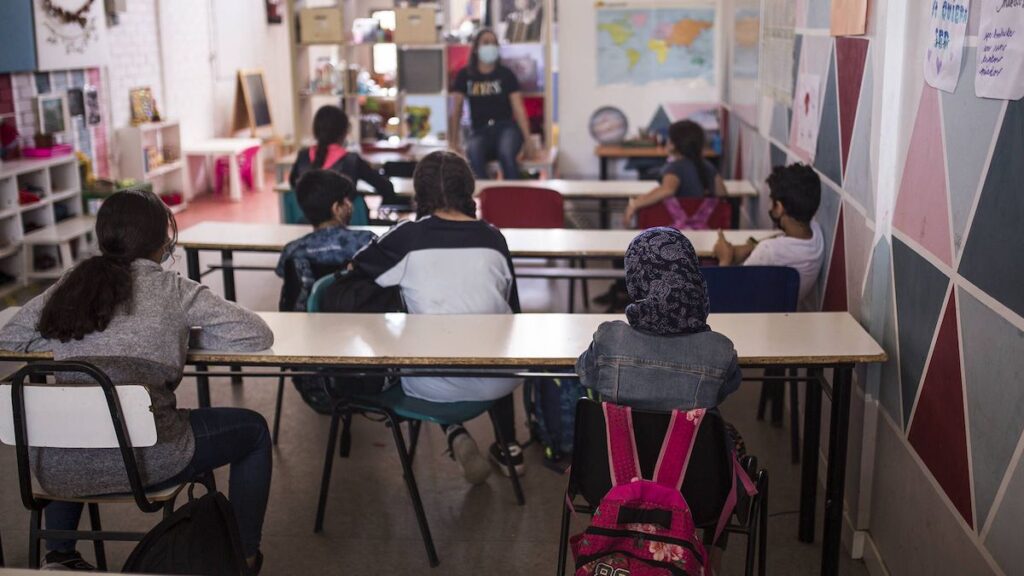
When I was a child, I remember my father jokingly asking me: “Can you list the Twelve Gothic Kings of Spain?” Of course, I couldn’t, as I’d never had to learn them in school. However, he could still recall their names.
This list of Gothic Kings has come to encapsulate how Spaniards view their education system. Many believe that the traditional methods of education, based around the teacher and focusing on memory and content, is better than the modern system, centred on students and creativity, with an emphasis on processes rather than results.
Of course, our idiosyncrasies and our history don’t help. We look at the Spanish PISA results, and at those of Nordic countries and think, ‘Why can’t we be like them?’ But we have a different education system in every region, as well as different regional languages, and regulatory changes occur almost as often as changes of government.
But while I may have been educated in a system that no longer prioritises memory as much as my father’s, we tend to ignore the broader picture. The past is no better, and we have made a huge leap forward: before, education was mandatory only until the age of 14, and only 6% reached university level. Now, it is compulsory to stay in school until the age of 16 and the number of university students continues to grow.
In fact, the two models shouldn’t be mutually exclusive, as each has its benefits. Contrary to the narrative that the younger generations are reading less, data show that the reading rate among Spaniards has increased by 5.7 points in the last ten years, with a particular increase among adolescents.
Despite the narrative that teachers are now too lenient with students, allowing them to pass courses with ease, Spain’s dropout and grade repetition rates are still among the highest in Europe. This is the biggest problem the country has to solve in education.
Another issue is that more teenagers want to go to university and study in their home country, but then leave to work abroad. Maybe the education system is functioning well, but there are few opportunities afterwards.
Thank you for reading our 42nd issue of European Focus,
Coming back from holidays is always a challenge, and not just for schoolchildren. But with autumn arriving we can only promise to bring you more thought-provoking topics from across the continent.
Hope to meet again in one week’s time.
See you next Wednesday!
Viktória Serdült


